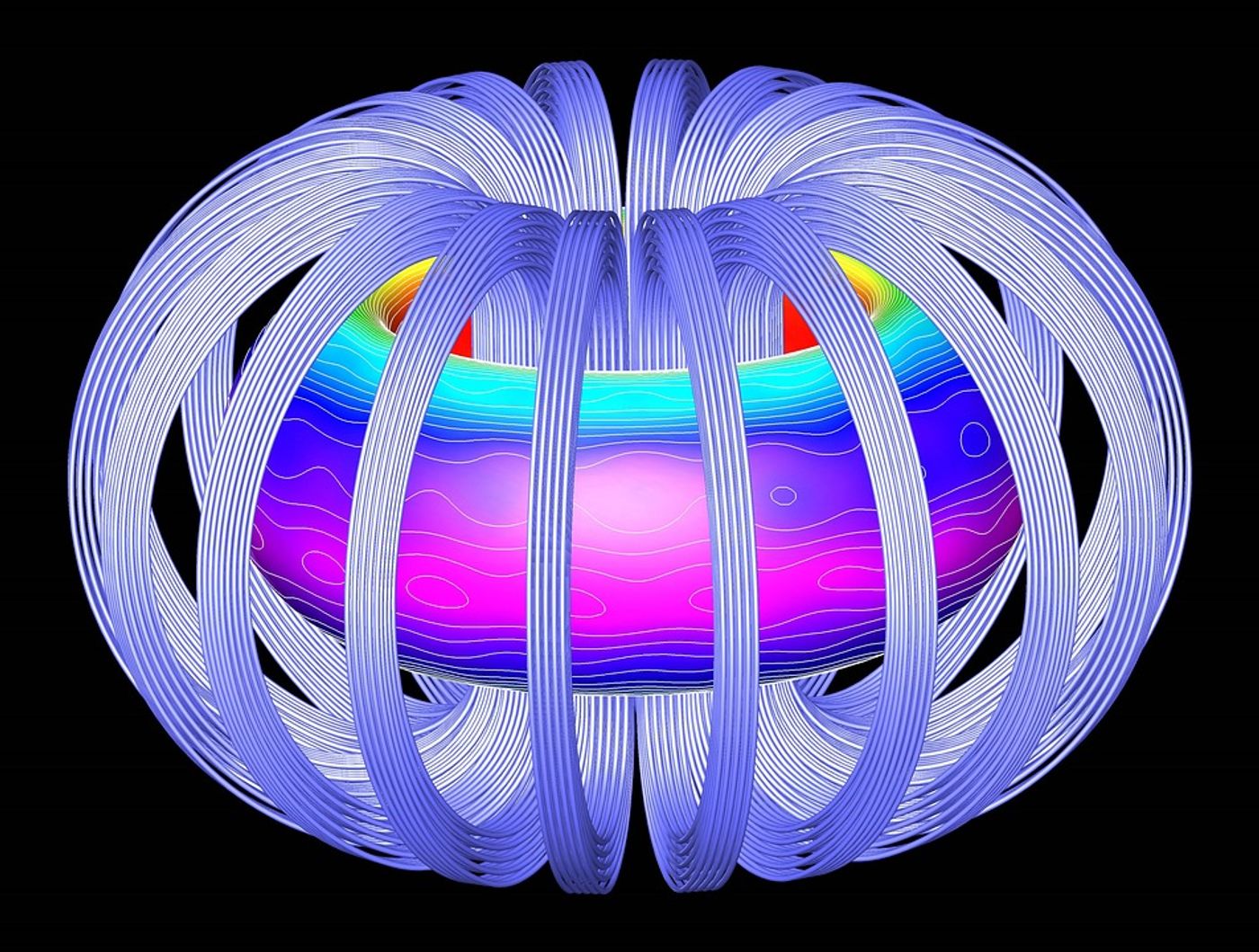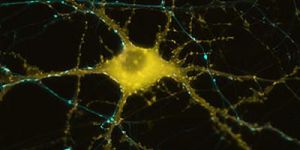Could electromagnetic fields treat metastatic triple-negative breast cancer?
New research published in Communications Biology suggests that electromagnetic fields are capable of stopping the metastasis of some breast cancer cells. In the study, researchers showed that they are able to target migrating breast cancer cells using a tool called a Helmholtz coil, which was developed by scientists at Ohio State University.
While the research has yet to be conducted in human clinical trials, lead author Jonathan Song says that the tool mimics "what actually happens in the body in a controllable environment." Song is an assistant professor of mechanical and aerospace engineering at Ohio State University.
Combining the coil along with another instrument capable of monitoring the direction of cell movement via a microscope, Song and his colleagues figured out how energy from electromagnetic fields affected the shape and movement of the cancer cells.
"What we showed, biologically, is that these cancer cells are becoming profoundly less metastatic, which is a very important finding," said Song.
The most significant conclusion from the exposure of cancer cells to electromagnetic fields was regarding its impact on metastatic triple-negative breast cancer cells. This type of breast cancer cells are the most difficult to treat because they don’t have estrogen or progesterone receptors or human epidermal growth factor receptor 2 genes, which are the receptors that many cancer treatments target. What is exciting is that this type of cancer cells was the most responsive to electromagnetic fields.
The researchers also determined that using electromagnetic energy in combination with specific drug therapies — particularly those that target cell growth signals carried by the AKT protein — could have better results. Nevertheless, in order for this method to be used as a cancer treatment option, more research will be needed, including animal and human clinical trials.
Sources: Medical News Today, Communications Biology









